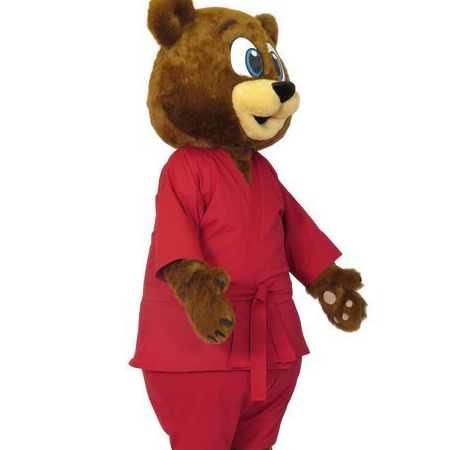Developing an eco-friendly bear mascot costume presents a unique set of challenges. One of the primary concerns in creating such costumes is selecting materials that are both sustainable and durable. Conventional fabrics often rely on petroleum-based products and can be harmful to the environment during their production and disposal phases. To address this, manufacturers are now exploring alternatives like organic cotton, bamboo, and recycled polyester. Each material comes with its own set of benefits and limitations, making it crucial for designers to balance comfort, longevity, and environmental impact.
Another significant challenge lies in the construction process of these mascot costumes. Traditional manufacturing methods can be resource-intensive and wasteful. For instance, cutting large pieces of fabric often leads to considerable scrap material going to waste. To mitigate this, innovative techniques such as zero-waste pattern cutting and laser cutting technologies are becoming more prevalent. These methods help maximize fabric usage while minimizing leftover material. Additionally, the advent of 3D printing offers a promising solution by enabling the creation of detailed components with minimal waste.

The dyeing process also poses substantial environmental challenges. Many conventional dyes contain harmful chemicals that can pollute water sources and harm ecosystems. In response, there has been a concerted effort towards using natural, plant-based dyes and water-based dyes that have lower environmental footprints. These eco-friendly dyes not only reduce pollution but also provide vibrant colors without compromising on quality. However, they often come at a higher cost, which adds another layer of complexity to the project’s budget management.
Transportation and packaging further exacerbate the ecological footprint of creating and delivering bear mascot costumes. Often, the costumes need to travel long distances, consuming fuel and generating emissions. Opting for local suppliers or manufacturers can significantly reduce this carbon footprint. Moreover, packaging materials must be chosen carefully; plastic and other non-biodegradable options are being replaced by recyclable and compostable alternatives. This shift requires careful planning and collaboration with suppliers who prioritize sustainability.

Finally, the lifecycle of the mascot costume itself should be considered. An eco-friendly approach involves designing costumes that can be easily disassembled and recycled once they reach the end of their usable life. This necessitates using materials and fastening methods that do not compromise the recyclability of the costume. Educating users about proper care and disposal practices is equally important to ensure that the costume does not end up in landfill prematurely.
In conclusion, crafting an eco-friendly bear mascot costume is multifaceted, involving thoughtful consideration of materials, manufacturing processes, dyeing techniques, transportation, packaging, and end-of-life strategies. While there are hurdles to overcome, the growing demand for sustainable choices encourages innovation and collaboration across the industry. Through continued efforts, it is possible to create bear mascot costumes that are not only visually appealing and functional but also kind to the planet.

